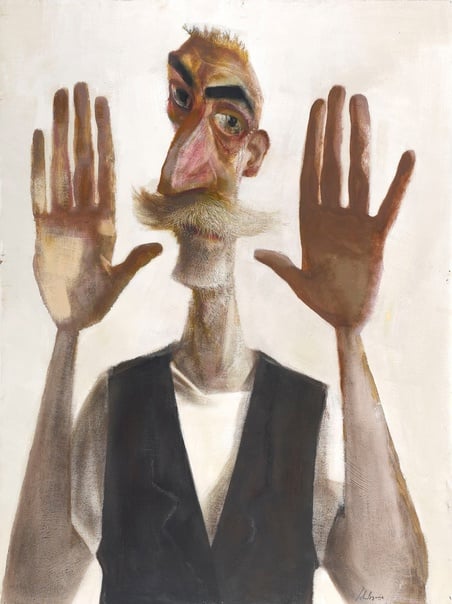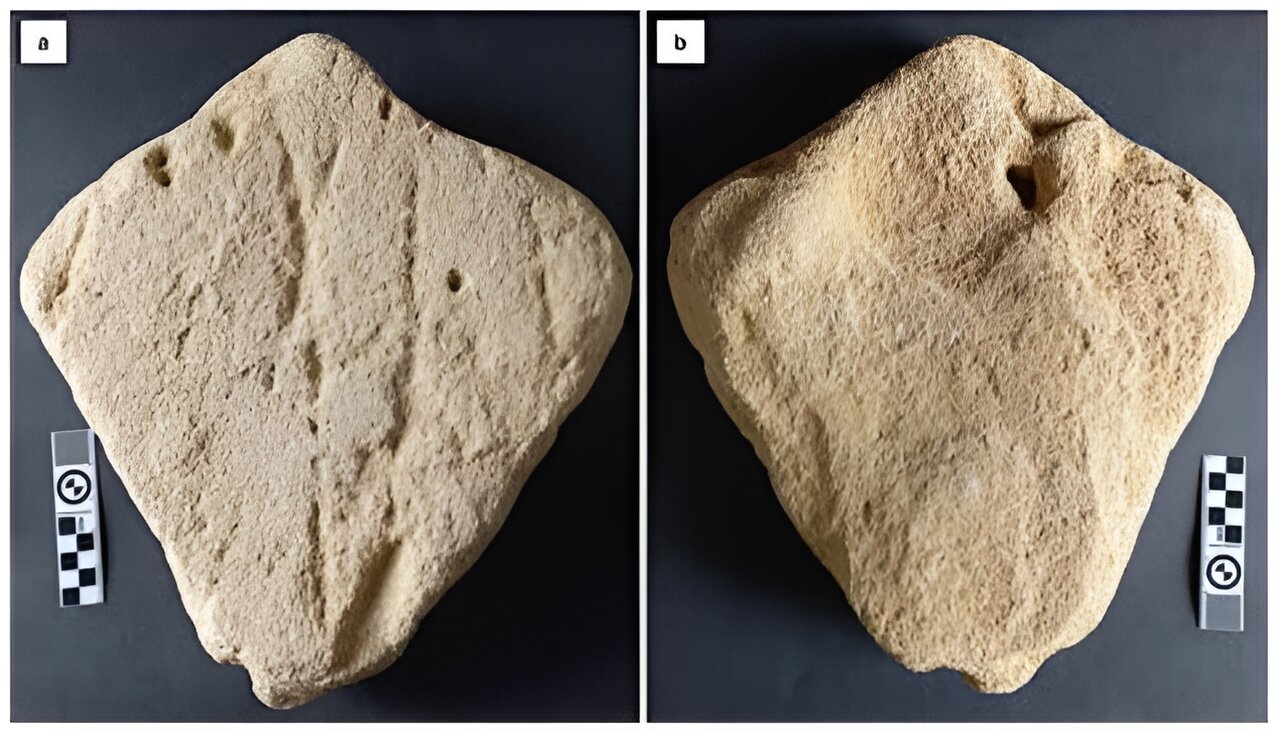South Africa’s Cape south coast offers many hints about how our human ancestors lived some 35,000 to 400,000 years ago during the Pleistocene epoch. These clues are captured in the dunes they once traversed, today cemented and preserved in a rock type known as aeolianite.
However, if our interpretation is correct, there are a number of implications:
making sand sculptures or “sand castles,” as many of our children love to do on dunes and beaches today, is an activity that dates back at least to the Middle Stone Age, around 130,000 years ago
this would be the oldest known example of humans creating an image of a creature other than themselves—a form of representational art
tracing may be a stepping stone to later emergence of representational art in caves.
Directly dating the specimen would involve taking a large chunk out of it, thus damaging it—something we are not willing to consider. But dating of nearby rocks, using optically stimulated luminescence, suggests that it was created during the Middle Stone Age around 130,000 years ago.



Neat